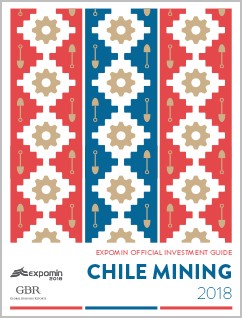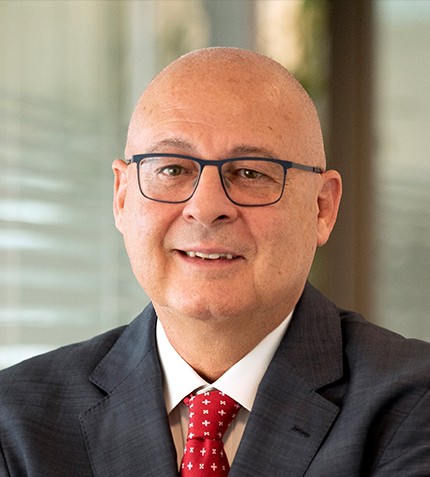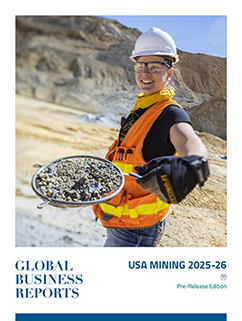
The Bolsa de Santiago has made partnerships with regional exchanges as well as with the TSXV in order to maximize the exposure of mining companies in Chile to international investors.
Lucy Pamboukdjian
CHIEF COMMERCIAL OFFICER, BOLSA DE SANTIAGO
Could you please give a brief overview of Bolsa de Santiago?
Bolsa de Santiago is the leading stock exchange in Chile and we have existed for approximately 120 years. We are a multi-asset class exchange and we trade equities, fixed income instruments, derivatives and other regulated products. Every financially regulated instrument is traded at the exchange and we also settle and clear trades executed in our exchange and other exchanges in Chile through a regulated subsidiary called the Central Counterparty (CCLV). The demutualization carried out in June 2017 enables independence of the exchange as a company when implementing different projects that are needed within the market. This also provides the opportunity for more brokers to become members and gives the ability to have a diverse board composition. We have also put an emphasis on sustainability as a key factor of Bolsa de Santiago’s long-term goals and we work closely with our listed companies to foster corporate governance and transparency by working with environment, social, and governance (ESG) initiatives.
What steps are you taking to become more internationally recognized?
Internationalization for us means both bringing international investors to trade in Chile and having more international assets and standards within Chile for local players to trade. In 2010, Bolsa de Santiago joined the Exchanges and Depositories of Colombia, Mexico, and Peru to create the Latin American Integrated Market (MILA). Since 2011, when such integration truly materialized, investors and brokers in Chile have had the opportunity to trade, through our access, in markets in Peru, Colombia and Mexico, and vice versa. In addition to that, the exchange also has partnerships with international exchanges to bring in international products such as derivatives and venture products with international standards. For example, we have agreements with the Brazilian Exchange B3 and the Canadian TSXV. We are now working on improving Chile’s positioning with international investors, especially from the US and Europe, by dedicating initiatives to make our market more aligned with international practices and having a team dedicated to supporting international investors. Chile is gradually getting on other countries’ radars, which is exactly what we want.
Could you please elaborate on your partnership with the Toronto Stock Exchange?
In 2013, Bolsa de Santiago signed an agreement with the Toronto Stock Exchange Venture (TSXV) to have a specific listing segment for mining companies. This was the result of an investigation we made on the most important reference exchanges in the mining sector globally, and we ultimately discovered that most Chilean mining projects were listed in Canada. The agreement stands for a dual listing initiative that grants any TSXV-listed company the right to dually list on the Chilean Exchange and have simultaneous access to investors in Canada, Chile, and the other integrated MILA markets. There are no additional costs or listing requirements. We launched the initiative in 2015.
How does the securities exchange commission in Chile ensure best practices?
Securities regulations in Chile are very well established and the Securities Commission enforces rules closely. Bolsa de Santiago makes sure companies follow all international standards of accounting and reporting, for instance, and local regulators go beyond and require companies to annually report their corporate governance practices. Companies must fill out an annual questionnaire that explains their transparency, sustainability and corporate governance practices (Rule 385), and companies have been successfully complying with this protocol every year. This holds companies more accountable and ensures they are constantly working toward making their businesses more sustainable.
For mining companies, what are the main advantages of being listed on the Santiago Exchange?
Bolsa de Santiago is starting to develop a culture of investing in mining in Chile. We are making a conscious effort to work with new investors in the market. We are starting to see new buy-side demand in the mining industry. Our dual listing program with the TSXV and our MILA integration program should provide many opportunities for mining companies to increase their visibility in front of investors. In the long-term, we want to make Chile the top mining investment country.











